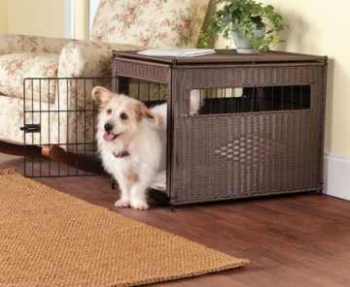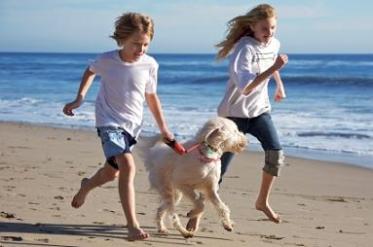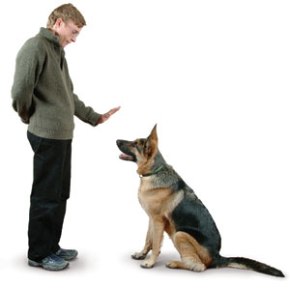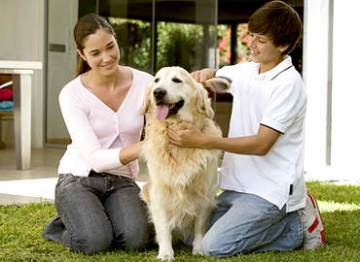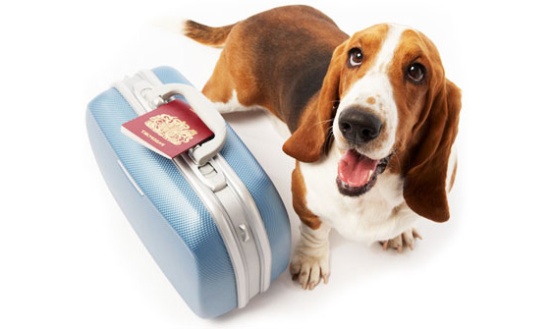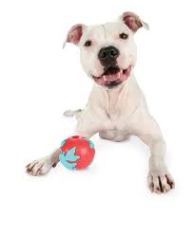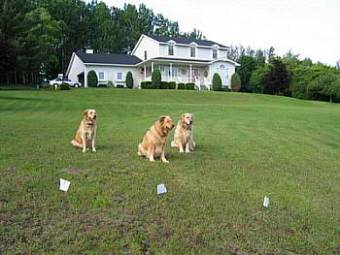Just like humans, dogs are also very expressive. In fact, if you look around you, you may not see a lot of very expressive people. Truth be told, some of our canine buddies are perhaps even more expressive than their human counterparts. You may not be aware of it sometimes, but your pet dog communicates when he’s feeling happy, sad, angry, afraid, and even when he’s nervous. He uses his face and some body parts to convey these emotions.
Since our four-legged friends can’t talk, it can be challenging for us as owners to understand what they’re trying to tell us. The body language of dogs is an elaborate system of nonverbal communication that can be hard to understand for some who do not know how to interpret it.
If you want to read the postures and signals of your pet pooch, it will be easier to understand what he’s trying to tell you. Here are tips on how to understand the meaning of some of the facial expressions of your dog:
The eyes – You can easily tell that your pet dog is happy and relaxed if his eyes are in their normal shape. ‘Normal’ is, of course, relative, as some dogs have round eyes, while others have almond-shaped pairs for seeing. If you notice when you go outside that his eyes appear larger than usual, he might be feeling threatened. The eyes also look larger when he’s in an aggressive state.
The ears – With the wide variety of dog breeds also comes a wide variety of types of dog ears. The size and shape of your canine companion’s ears are what determine how well he can use his ears to communicate. Depending on the breed, some ears pricked or semi-pricked, dropped, or hang long. If your dog holds his ears naturally, it means he is feeling relaxed and comfortable. Of course, any dog owner knows that the minute a dog holds his ears high on his head, it means he’s alert, and he’ll usually direct his ears toward the direction of whatever’s getting his attention.
The mouth – Despite not having the ability to talk, the way your pooch positions his lips, jaws, and teeth can tell a lot. Relaxed dogs usually have closed or slightly open mouths. To cool their bodies, he opens his mouth to pant. If they feel uptight or anxious, he may yawn in an exaggerated manner. If he barks a lot, he may be feeling afraid, protective, or even bored (you can use dog barking collars if his barking gets out of control).
These are just some of the ways to tell what your pet dog’s trying to communicate by using some parts of his head. Understanding what he’s trying to tell you will make it easier for both of you to communicate more effectively.



